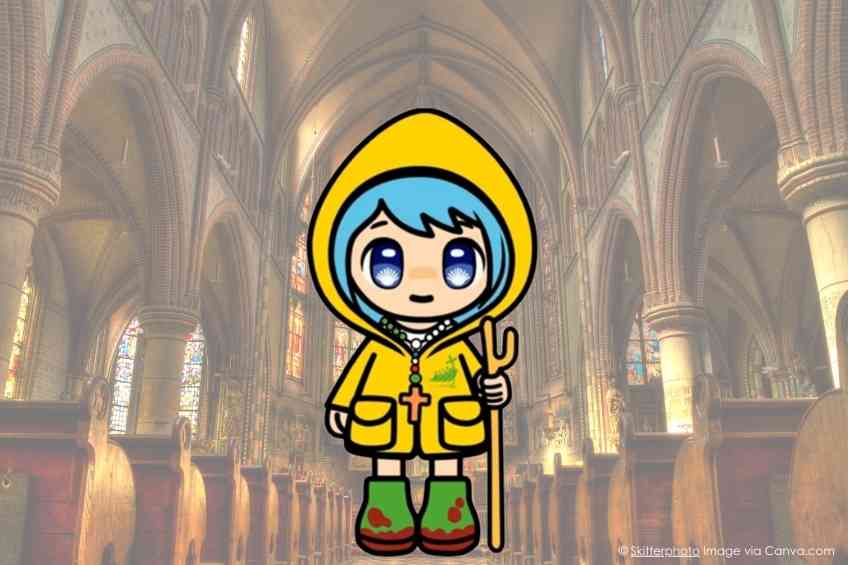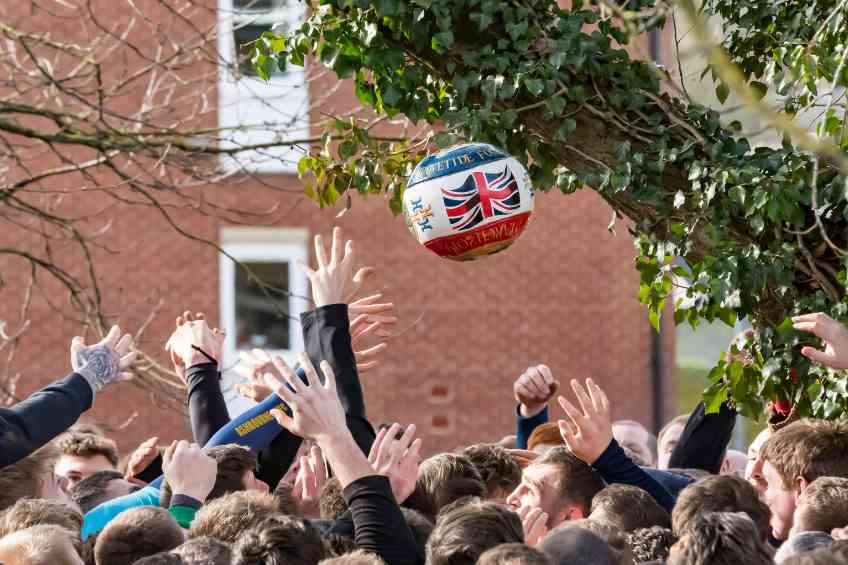By John Salak –
Hold the presses. After 2,000 years, the Catholic church has adopted a mascot. Yes, an organization rich in symbolism and tradition has unveiled Luce, a childlike cartoon character, which Archbishop Rino Fisichella explained was “created from the desire to enter into the world of pop culture, so beloved by our young people”.
The move may be surprising for some, but in a marketing-obsessed world that is increasingly looking to connect to younger audiences, the Vatican’s move—or at least intention—may make a lot of sense.
These symbols or talismans, after all, are widely used by all sorts of organizations to build bridges and motivate people.
“Mascots in modern branding offer unique storytelling and engagement opportunities, bringing brands to life with personality and emotion. They act as bridges between companies and consumers, transforming marketing into engaging, character-driven narratives,” The Branding Journal reports.
Of course, not all mascots are successful, appreciated or embraced by their targeted audiences. Beyond this, Luce is up against a lot of powerful competitors including but not limited to: Mr. Met, Mickey Mouse, Tony The Tiger, Poppin’ Fresh, the Mario Brothers, Captain Morgan, Dora The Explorer, SpongeBob SquarePants and the San Diego Chicken.
Church leaders, however, seem confident Luce can deliver the spiritual connections they want. They note she is named after the Latin word for light and that she was created by renowned Italian designer Simone Legno, who acknowledged his work was influenced by Japanese culture.
Luce’s look is built in a “chibi” art style that embraces short, cutesy characters with big heads and stubby limbs. Beyond this, the church’s mascot specifically includes features that underscore Catholic values. She has “the typical elements of the pilgrim,” Fisichella noted, citing her “shining eyes” and “symbol of the hope of the heart”.
Cross-cultural connections also abound. “The image represents a happy union between Christian symbols and Japanese culture,” the archbishop added.
Luce’s Catholic symbolism goes deeper, however than her eyes and images of hope. She “appears to be a pilgrim, which is why she wears a raincoat, muddy boots and walking staff, symbolizing her perseverance through a storm-ridden landscape,” Forbes.com reported.
“Luce’s whole outfit is loaded with Catholic iconography and symbolism; she wears rosary beads around her neck, and her bright blue hair might be a reference to the Virgin Mary’s blue hair covering,” it added.
Whether Luce is effective, however, is the underlying question. It is probably too early to tell whether she will motivate and inspire. But the mascot has already witnessed widespread praise and condemnation from online viewers.
One of these observers went so far as to note: “Once the Church inspired the young with noble models like St. Dominic Savio and his motto “Death rather than sin.” Now we have… whatever the hell this “Luce” thing is. Infantilizing the young with a dumbed-down version of Catholicism does them a disservice.”
This harsh take is debatable, but it does underscore the dangers any organization risks when it tries to publicly motivate people for whatever feel-good aim it intends.













